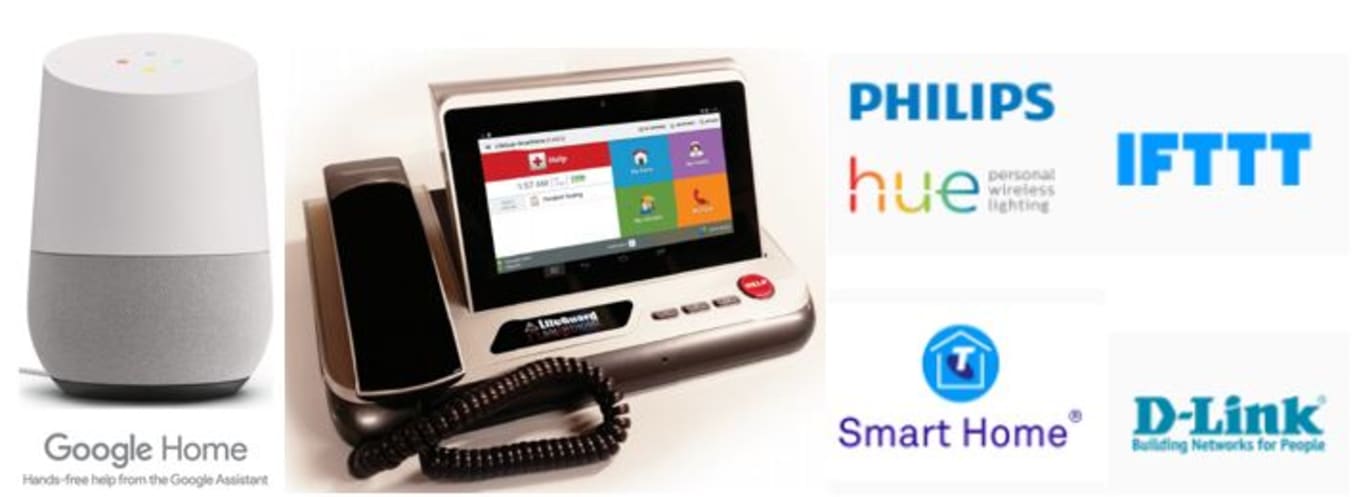This was my opening statement on the podium at this year’s LEADERS SUMMIT. (Strangely nobody challenged me).
Last Sunday however, I experienced an event that tells me villages may become irrelevant within three years, not five.
I was visiting my daughter, a mother of two under the age of 20 months, and she had just installed a Google Home. They were talking to each other.
Request: “OK Google, play some jazz”.
Google Home “I have assembled a collection of Miles Davis. Is that OK”.
Request: “OK Google, how long will it take to drive to Balmain if I leave now”.
Google Home: “Allow 40 minutes over the Spit Bridge and Mosman”. (Correct answer to the minute)!
Why am I telling you this?
Based on close to $1M worth of research we have conducted over nine years, we know that customers buy into retirement villages because they have experienced one of three events: a physical, financial or an emotional event.
The value proposition of villages is that by taking action to satisfy the discomfort of these event brings ‘contentment’.
“I had a problem; I took action; I now have a plan in place for the rest of my days”. Contentment.
Villages deliver with a safe environment, a lower housing entry cost and a built-in community, overseen by a steadying influence, being the village manager.
My hypothesis is that a standard apartment will be able to deliver the same proposition, or even better.
And the cornerstone is technology - with Google Home (and Amazon Echo) now accelerating this support and connectivity, at a price of just $159.
How? Google is implementing the Apple strategy of App’s that work with Google Home. Today in Australia they are promoting an App from IFTTT. Its job is to seamlessly connect Google Home with other devices.
For instance, imagine a customer installing Claude Raffin’s INS Smart Home Dialler equipment (pictured and now being installed in over 40,000 retirement village homes) into an apartment together with their INS Concierge service. The customer has a 24/7 connection to nurses that monitor every aspect of their health and movement, provide telephone and visual companionship, plus organise their transportation to doctors, dry cleaning collection and whatever their needs are.
Soon you may be able to install the INS gear and services, connected to Google Home utilising IFTTT, all up for less than $1000. The customer just talks to Google Home and passes through to INS.
At home, in an apartment. The customer can downsize from the family home with money left over, no DMF, 100% capital gain, better personal attention and happier children (emotionally and financially).
Sense of community? The INS Smart Home Dialler has complete video conferencing built in; we will all stay in touch with our friends and family this way within a few years.
Local community groups will grow around apartment buildings like the Boston Hill model.
In summary, why will we need a retirement village?
For those of us who know villages, we understand the deep value of the ageing journey within the village community. However if we as a sector do not communicate this effectively, I believe there is a real threat villages will be bypassed – they will be perceived to become irrelevant.
Check out Google Home and the App’s strategy HERE.
Check out INS HERE.
Check out IFTTT HERE.
It is also interesting that Australia’s largest residential home builder (including apartments), plus our third largest village operator, Stockland is trialling a new form of retirement village community where the customer owns their own home and there is no DMF. The model is called Aspire. Check it out HERE.
We hope to have more information on this model in next Tuesday’s The SOURCE.
Interested in these evolving strategies? Join us next March 15 – 16 in Sydney for our LEADERS SUMMIT 2018. Registration will open in the next three weeks.










